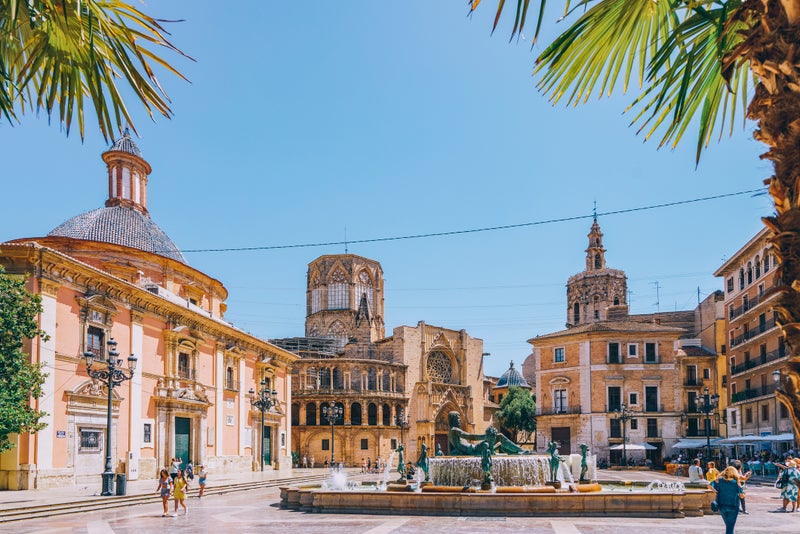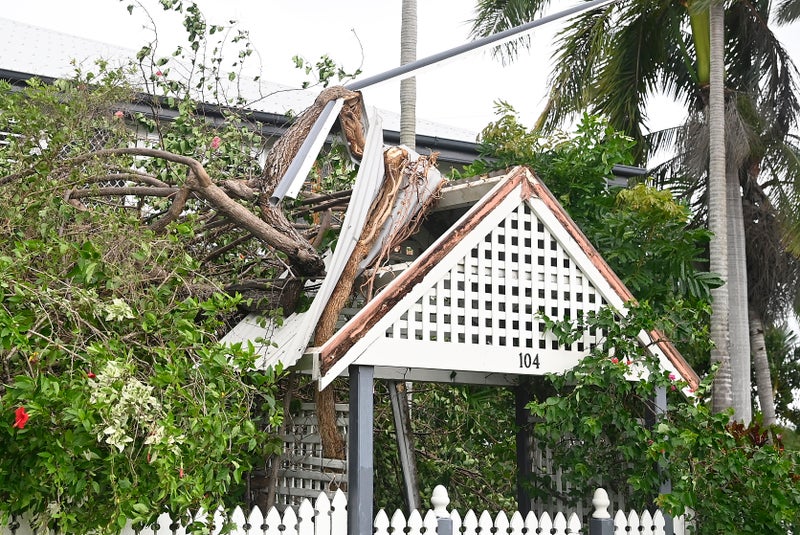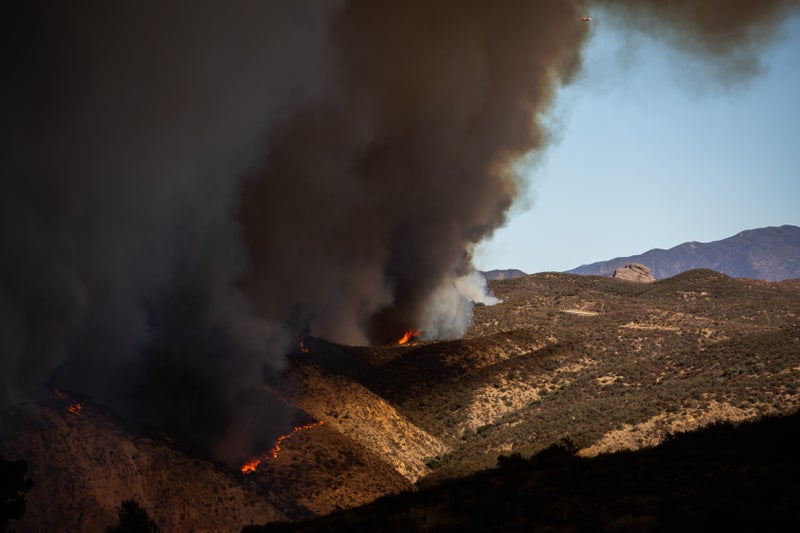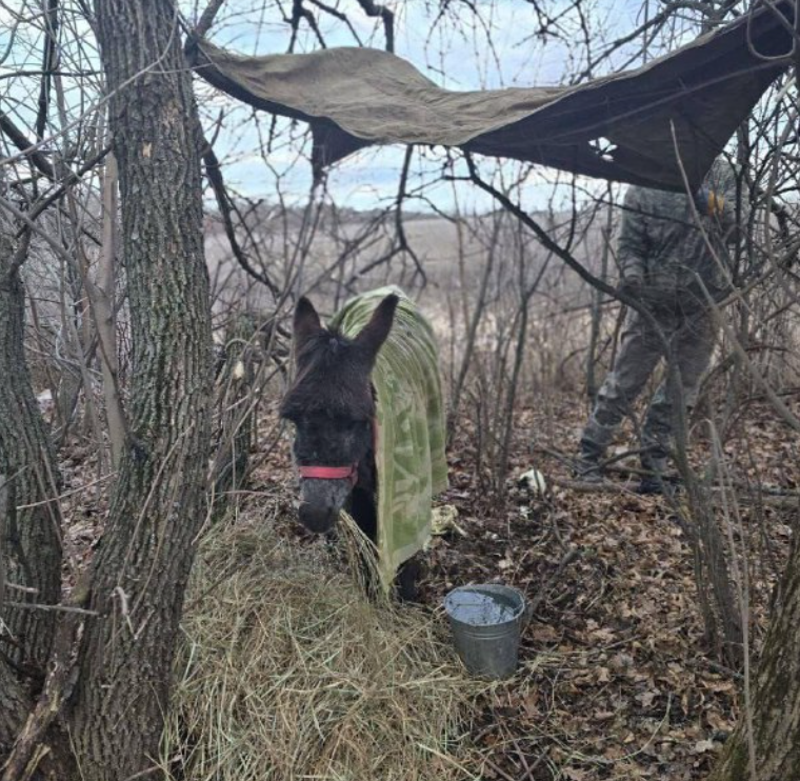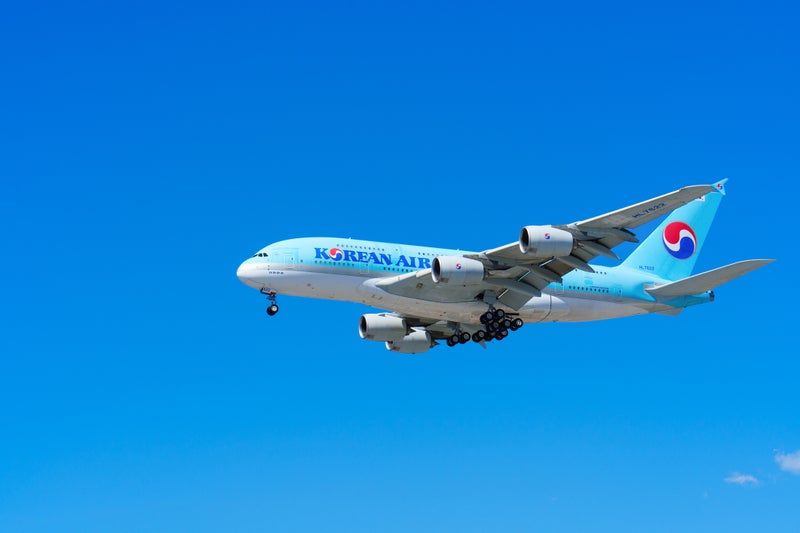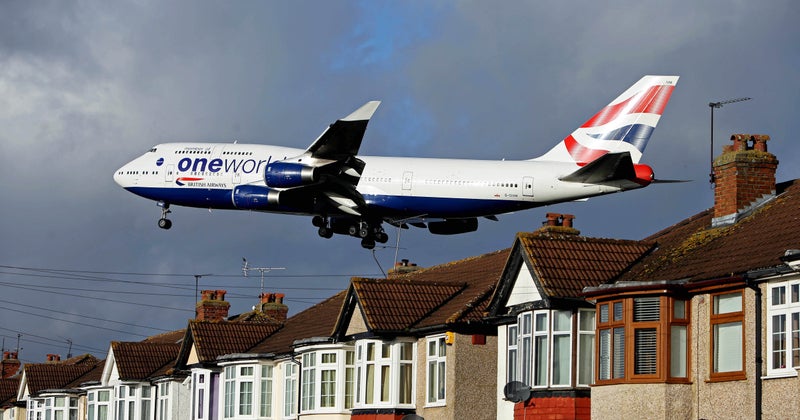After the catastrophic floods that swept through Valencia last year, Michael Hodges explains why it’s time to go back to the sunny Spanish city. In October 2024 the world was shocked by television footage of storm water surging through southeastern Spain’s Valencia region. Cataclysmic floods took the lives of 224 people and caused billions of euros worth of damage; the worst of it was in smaller towns in the greater metropolitan area and southern suburbs like Sedaví, where scores of cars were piled up by the water. The city of Valencia itself and the many wonderful things in it were spared and, four months later, is very much open to visitors.
![[Valencia's old town has witnessed over 2,000 years of history]](https://static.independent.co.uk/2025/02/13/14/31/iStock-544589308.jpeg)
There are 300 days of sunshine a year in Valencia; go now and you’re very likely to hit one of them. Man-made climate change allowing, there are, on average, only three days of rain in March and temperatures can reach 20C. If it does rain, retreat into the old town and search out vintage 20th-century wall tiles in the bric-a-brac shops or sip some sunshine with an agua de Valencia, the city’s own cocktail made from freshly squeezed orange juice, vodka and cava. Aficionados admire the version served at Café de Las Horas, the baroquely ornate bar on the Calle Conde de Almodóvar. If your tastes are more conservative, drink at Casa Montaña on Calle de Josep Benlliure in the historic Cabanyal district. This bar, here since 1836, is lined with barrels of Valencian wines and spirits including cazalla, the city’s potent version of anis.
![[Las Fallas is a traditional celebration praising St Joseph throughout March every year, as residents take to the streets for days of music, fireworks and parades]](https://static.independent.co.uk/2025/02/13/14/05/iStock-1933238532.jpeg)
March is also the month of the city-wide celebration, the Fallas. More than the football, more, even, than the food, the Fallas is how Valencians define their civic identity. Included by Unesco on its ‘Representative List of the Intangible Cultural Heritage of Humanity’, the festivities see communities throughout the city creating fantastically imagined larger than life figures (ninots) that can range from the dove of peace to Vladimir Putin.
![[The Gothic Cathedral in Plaza de la Virgen dates back to 13th century, with the purported Holy Chalice used in the Last Supper kept inside]](https://static.independent.co.uk/2025/02/13/14/24/iStock-1486518542.jpeg)
Read more: How to be a good British tourist and why Valencia is welcoming us with open arms. Ninot design often comments satirically on politics and current affairs, and the authorities’ perceived lack of readiness for the floods are likely to feature this year. Nonetheless, the overwhelming mood will be one of celebration. For 18 days from 1 March there will be parades, parties and daily fireworks – mascletà – let off outside city hall. These pyrotechnics are not primarily about achieving spectacular visual effects (there are evening fireworks to do that) but maximum percussive force – so take earplugs if you don’t like loud noises. On 19 March, the ninots are burned in public in an event called the cremà, but the best will be spared the flames and exhibited with others dating back as far as 1934 in Museo Fallero de Valencia.
And, of course, there will be food – in particular freshly fried churros dipped in chocolate, and mountains of paella. Everyone has their own idea of the best place to eat the region’s famed rice dish, but you won’t go far wrong at Casa Carmela, near the beach at Malvarrosa, where the chefs cook on open wood fires. Or you could follow the origin story back to El Palmar, the village in L’Albufera Natural Park, immediately below the city, which claims to be paella’s birthplace. Presently bidding for Unesco Biosphere Reserve status, much of L’Albufera is covered by a large freshwater lake surrounded by reed beds, home to over 300 species of birds. When the floods came, plastics and other waste was dumped in the park and visitor numbers dropped off because people mistakenly thought L’Albufera was a disaster zone, but the mess had been cleared up within a month.
Read more: Valencia travel guide – where to stay and what to do in Spain’s laid-back coastal city. Valencians have overcome floods before. In October 1957 the banks of the river Turia burst and the city was inundated, killing 81 people. In response, they moved the Turia south of the city (it was this re-routed river that took millions of gallons of flood surge away to the south last year). The old course of the Turia is now lush parkland and home to the City of Arts and Sciences complex, famous for Santiago Calatrava’s opera house in the form of a white-tiled ancient Greek helmet but also, nearby, Félix Candela’s wave-roofed Oceanogràfic aquarium.
More innovative buildings are coming to the city. September sees the opening of glittering new home for the city’s basketball team. Roig Stadium is funded by Juan Roig and Hortensia Herrero, the same supermarket billionaire couple behind the recently opened Hortensia Herrero Art Centre, a fabulous contemporary art gallery in the restored Valeriola Palace. Both these projects involved Valencian architects – stroll anywhere in the city and you’ll find evidence of the local genius with bricks and mortar. The Gothic cathedral is among the oldest examples, but this year will be the centre of renewed attention as 2025 is a special jubilee for the Holy Chalice, the agate cup recognised by the Vatican as the vessel used at the Last Supper. There are likely to be queues for the chapel where it is housed – but what better place to express quiet gratitude that none of this was washed away?.

